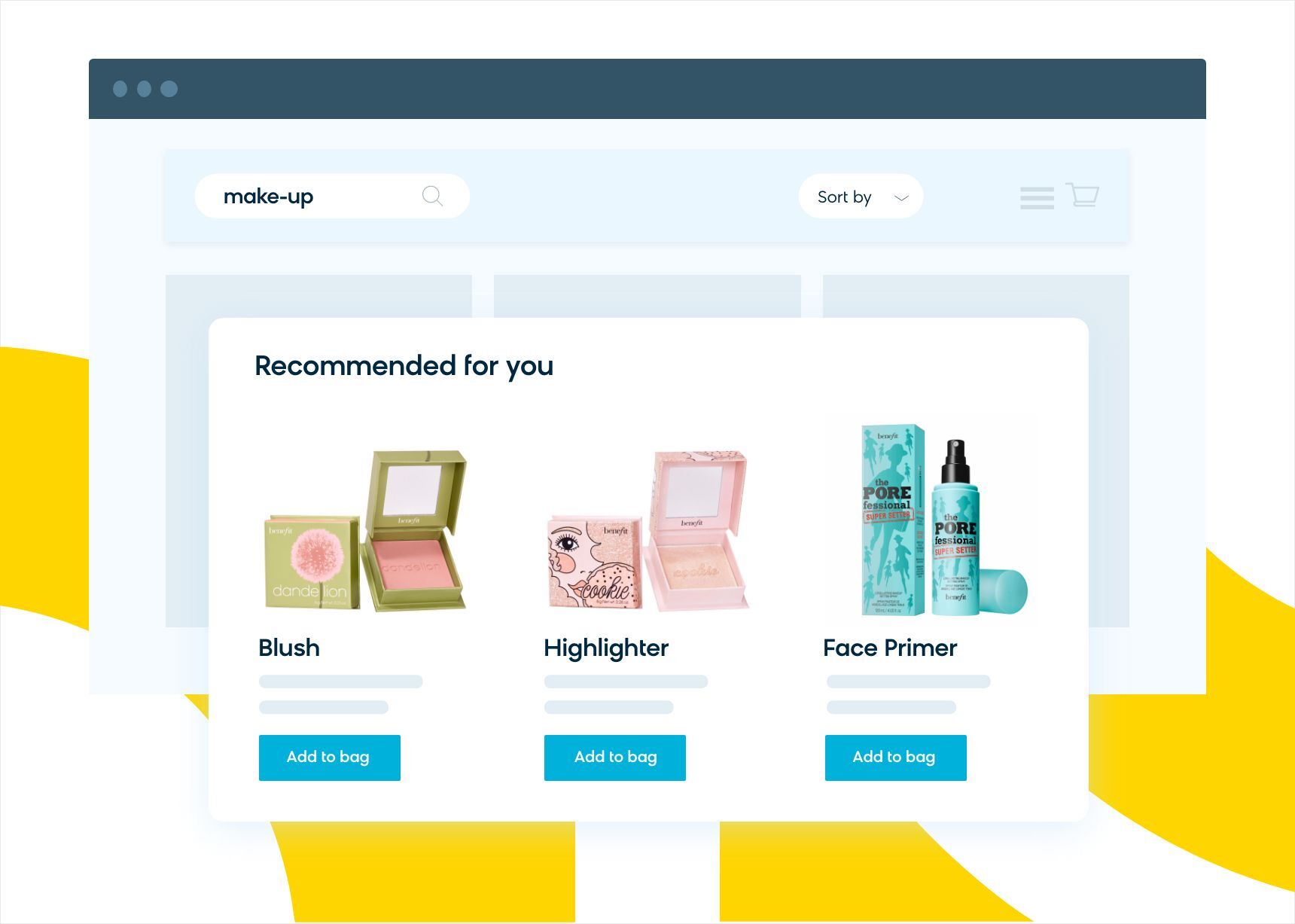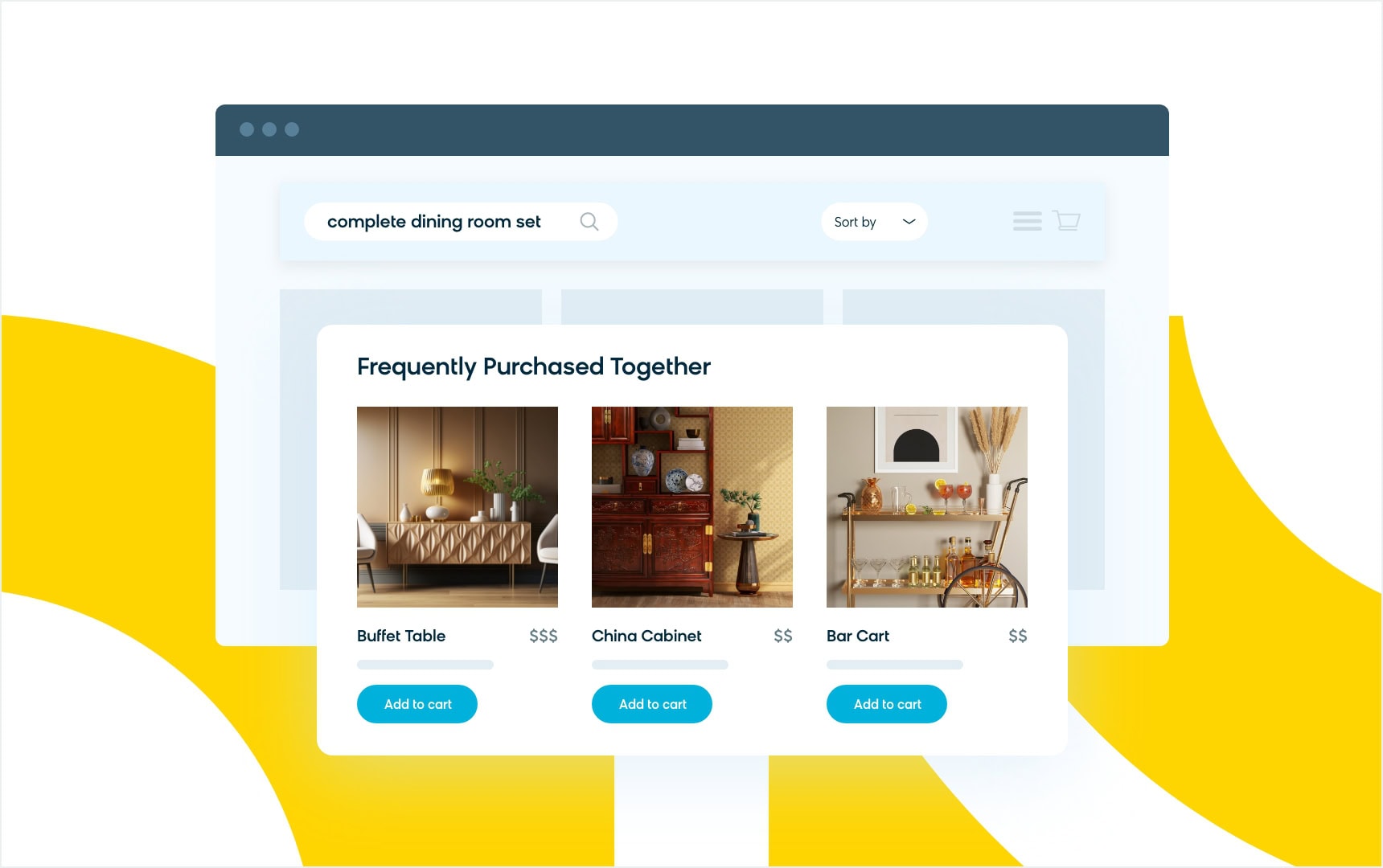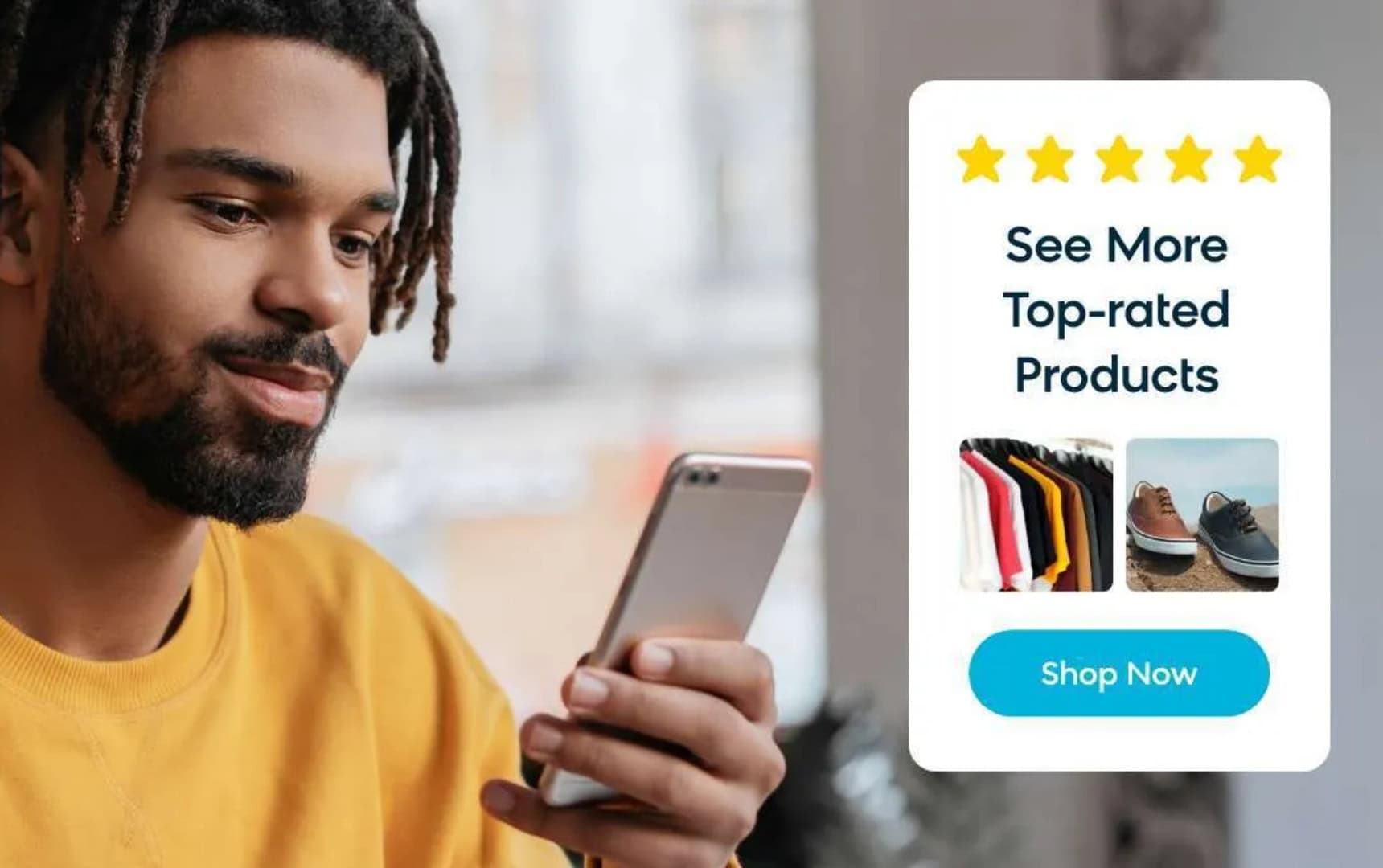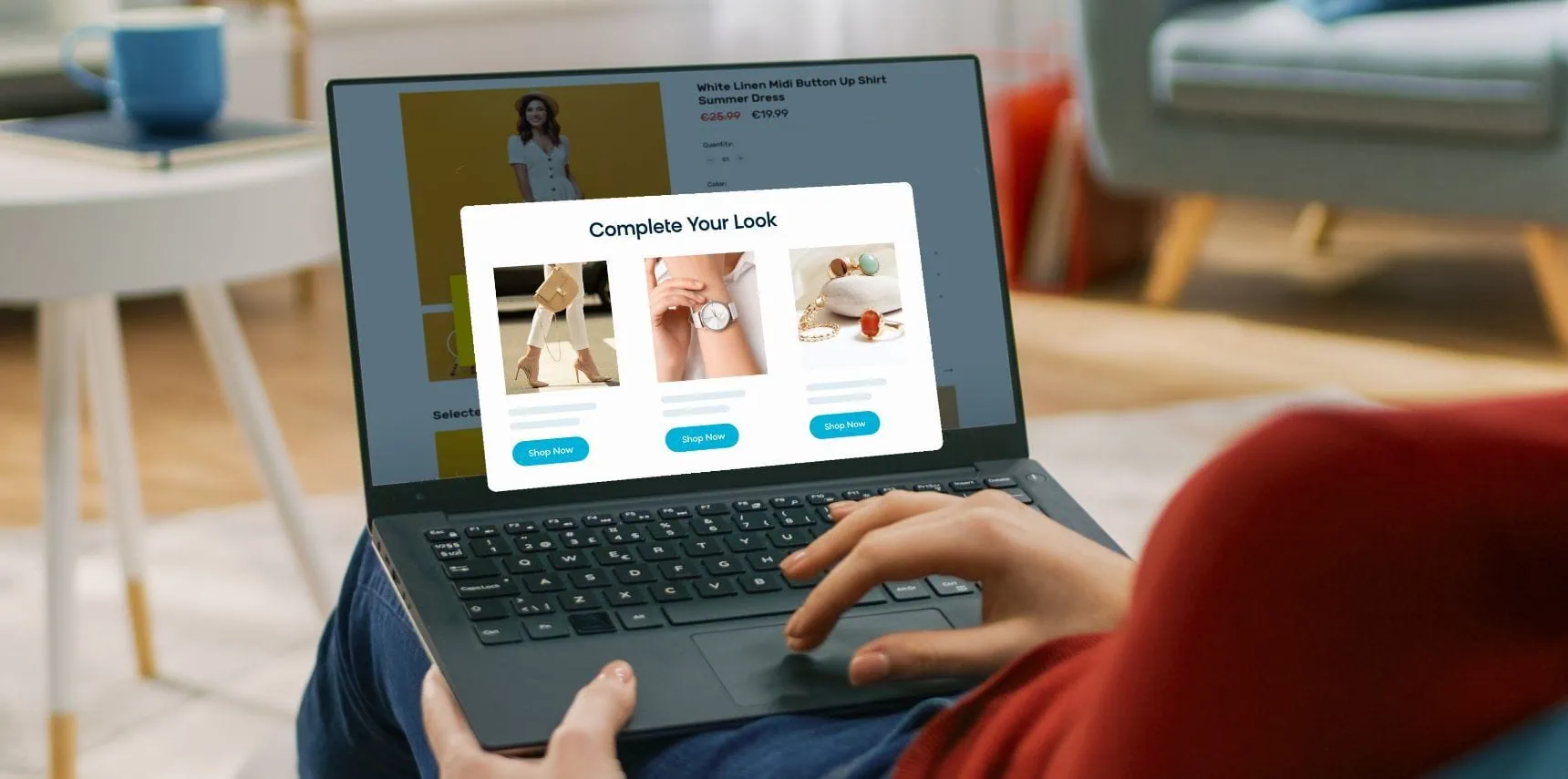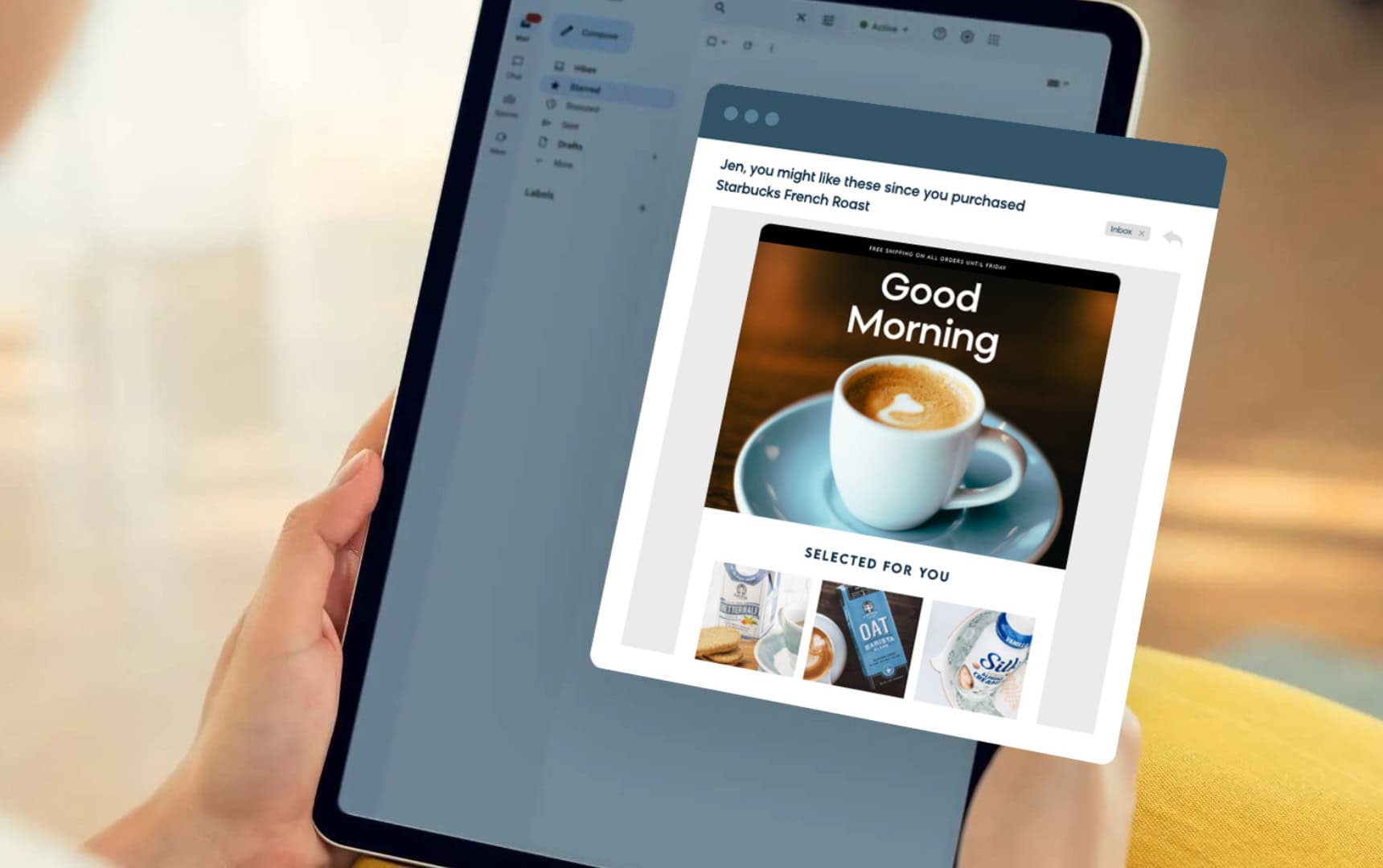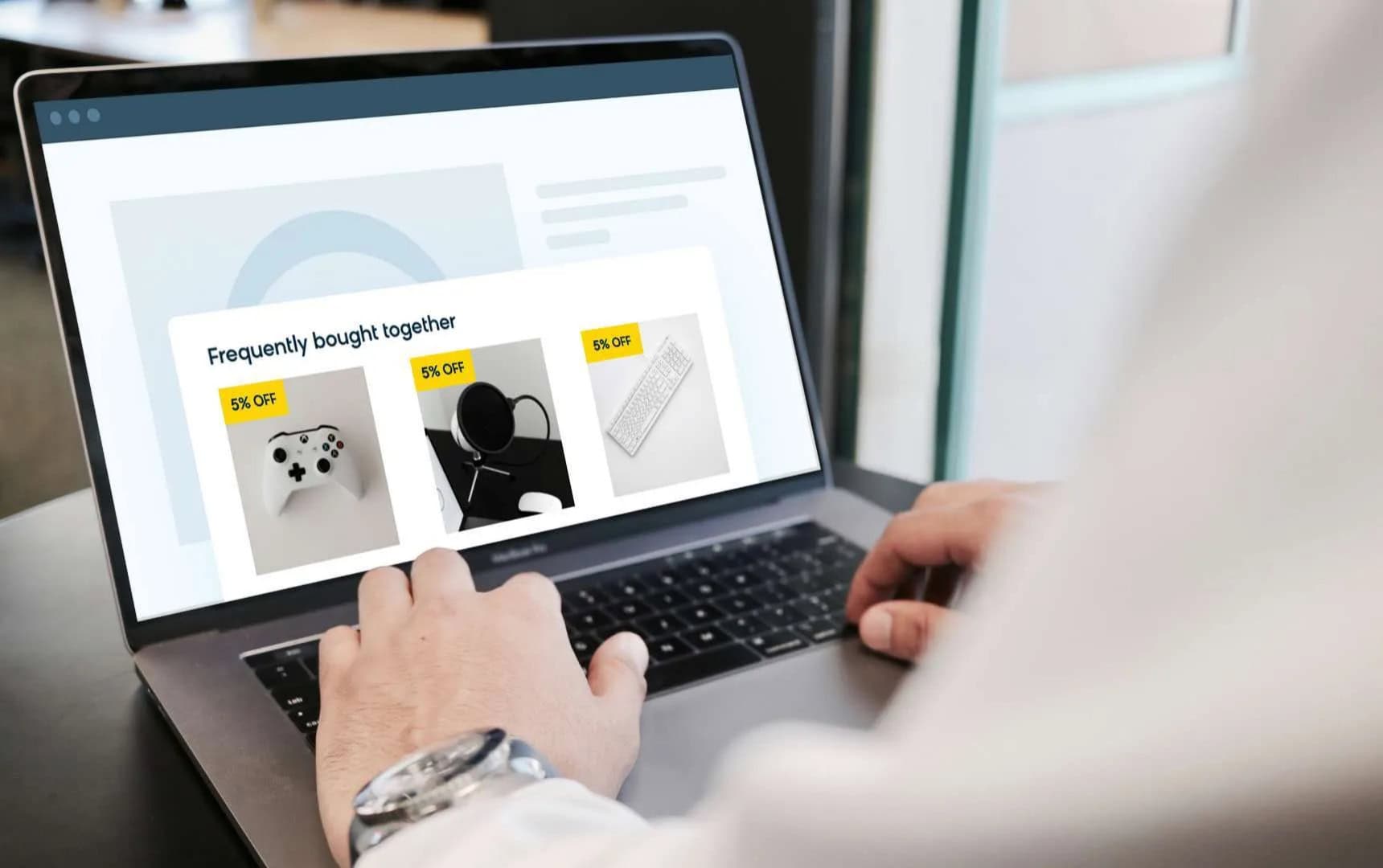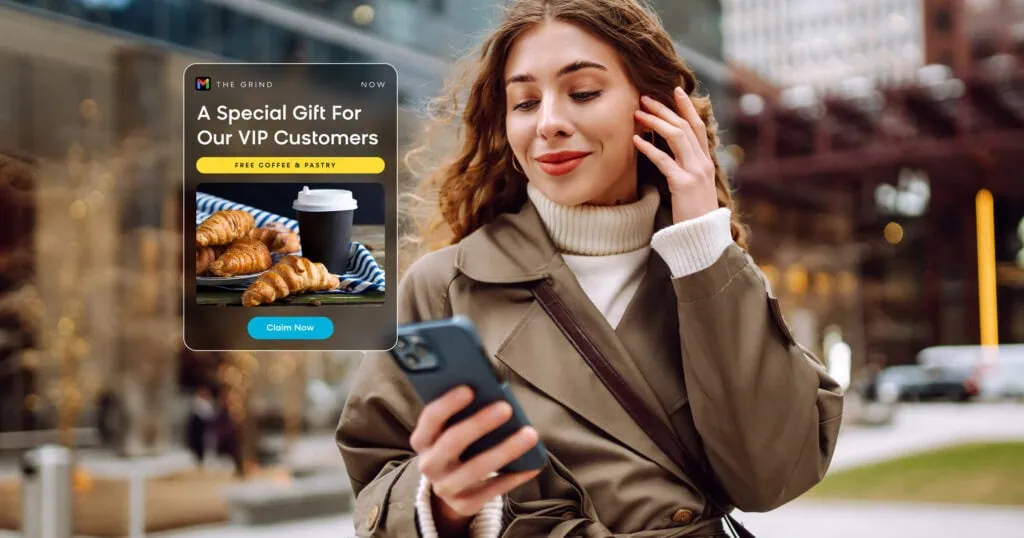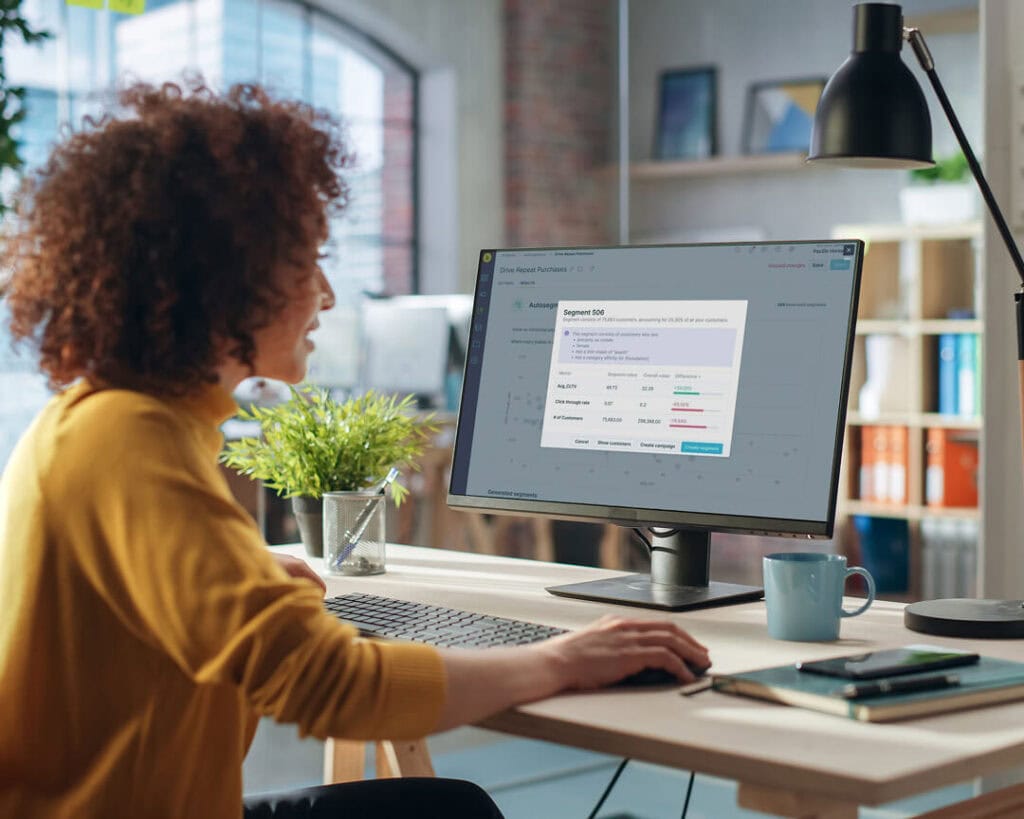Matching the right customers with the perfect products is an essential task for any ecommerce business, which is why product recommendations are so important for success.
But recommending items online isn’t a simple job. While customers can get tailored recommendations from a sales rep in brick-and-mortar stores, ecommerce brands need to build recommendation systems that determine which popular products are right for their particular audience.
Modern shoppers want personalized interactions — so much so that it can make or break their relationship with a brand. 56% of customers are more likely to return to sites offering recommendations, while 74% of customers feel frustrated by non-personalized content.
With so much riding on the success of your ecommerce site’s recommendations, it’s worth diving into the hows and whys behind product recommendation engines. Keep reading to learn the main benefits of recommendations, where product recommendations can be leveraged across the customer journey, and why they’re the key to winning with ecommerce personalization.
What Are Product Recommendations in Ecommerce?
Ecommerce product recommendations are products that online brands offer their customers, leveraging data on views, sales, and reviews to choose products their customers will likely enjoy.
These recommendations mirror the tailored in-store experience that shoppers would have with a salesperson, who can learn about the customer’s interests, intents, and needs through live conversation. They can make a real connection with a consumer and then make recommendations from that interaction.
Ecommerce product recommendations provide your business with the opportunity to have these types of interactions with your customers throughout their online shopping journey.
Using the digital touchpoints your audience has with your brand — like your ecommerce store, your mobile app, or an e-mail campaign — you can provide relevant suggestions for products and inspire customers to make additional purchases.
What Is an Ecommerce Product Recommendation Engine?
An ecommerce product recommendation engine is an algorithm that determines which products to recommend to customers by filtering and sorting your online store’s items based on a set of rules. This process uses data about your products, such as the number of views, sales, or even reviews, to present the right items to the right audience.
While straightforward recommendations can be created using predetermined recommendation models (like “frequently purchased,” “best selling products,” and “past purchases”), modern product recommendation engines utilize advanced AI technologies, including natural language processing and machine learning algorithms, to personalize recommendations to each individual customer across multiple touchpoints in the customer experience.
The presentation of these results can be as simple as a product highlight in a social ad or email campaign, or you can use them to order products that appear on your ecommerce website’s homepage or category pages. You can use them to influence buyers at every stage of the customer journey.
Types of Recommendation Engines
There are several types of recommendation engines, each employing different methodologies to generate relevant recommendations:
Collaborative Filtering
Collaborative filtering is one of the most popular methods used in recommendation engines. It operates by finding patterns in user behavior and suggesting products that similar users have liked.
This method is particularly effective because it leverages the collective wisdom of the crowd to make suggestions based on the preferences of users with similar tastes. For instance, if two users have purchased similar items in the past, the system might recommend a product liked by one user to the other.
Content-Based Filtering
Unlike collaborative filtering, content-based filtering focuses on the attributes of the products themselves. This method analyzes a customer’s past interactions with products to identify common features or characteristics they prefer. The system then recommends products that match these identified traits.
Content-based filtering is beneficial for users with unique tastes, as it tailors suggestions based on individual preferences rather than relying on the behavior of others.
Hybrid Models
Hybrid models combine collaborative and content-based filtering to provide more comprehensive recommendations.
By integrating multiple data sources and methodologies, hybrid models can overcome the limitations of individual approaches, resulting in more accurate and personalized suggestions. This synergy of techniques offers a balanced approach, maximizing the strengths of each method to improve the quality of recommendations.
The Benefits of Product Recommendations
Offering relevant products is a win-win scenario for both customers and ecommerce retailers. Here are the main benefits you’ll see when your business utilizes an ecommerce product recommendation engine:
- Higher conversion rates: When customers are presented with products that align with their interests and needs, they’re more likely to make a purchase. This relevance boosts conversion rates as shoppers find exactly what they’re looking for with less effort.
- Increased average order value (AOV): By recommending complementary or higher-value items, product recommendation engines can encourage customers to spend more per transaction. This increase in AOV directly impacts your bottom line, making each sale more profitable.
- Increased customer retention: Personalized recommendations make customers feel understood and valued, fostering loyalty. When shoppers have positive experiences and receive relevant suggestions, they’re more likely to return, increasing customer retention rates.
How To Use Ecommerce Product Recommendations To Gain and Retain Your Customers
With the right product recommendations, you can speak directly to your audience’s wants and needs. All you need to do is determine which type of recommendations to employ and where to plug them into your customer journey.
A/B testing various recommendation models — each using a different combination and weight of input parameters, such as the number of views, purchases, time spent on a page, clicks, add-to-cart events, and so on — will help you identify which model will drive sales most effectively.
Here are some recommendation types to consider and test in your customer journey:
Top Seller Recommendations
Customers crave shopping experiences that let them encounter relevant products without needing to search high and low to find them. Personalized, AI-powered recommendations achieve this by continuously identifying best-selling items and curating them for shoppers new to your brand.
With an AI-powered recommendation engine and marketing automation, you can showcase the best your brand has to offer, nudging your audience closer to conversion.
The theory that fuels this commerce strategy is Pareto’s 80/20 rule of marketing. This rule alleges that 20% of your products are most likely driving 80% of your sales, and so these top 20% of your products will most likely speak to (and drive brand affinity for) new customers.
Rating-Based Recommendations
Nothing says “trustworthy” like a glowing 5-star review from a satisfied customer.
Humans are social creatures, and when customers share their experiences with previous purchases, they can play a huge role in the buying journey. That’s why peer-generated recommendations are some of the best ways to convince your new customers of your positive brand reputation, solid customer experience, and product quality.
Leveraging your top customer reviews for product recommendations brings your offerings to life, addressing potential concerns and answering key questions that new customers might have. Detailed reviews, in particular, significantly boost sales and reduce returns, as studies from Boston University show.
These reviews can be used across the commerce experience to inspire customers to convert. They can also be added to a variety of touchpoints, including:
- Abandoned cart emails: Include positive reviews to remind customers why they were interested in the first place and convince them to complete their purchase.
- Product pages: Highlight star ratings and snippets of rave reviews in “You Might Also Love” sections to entice further exploration.
- Search results: Prioritize highly rated products that align with the customer’s needs, making it easier for them to find quality items.
Cross-Sell Recommendations
Cross-selling is all about enhancing the shopping experience by offering items that complement a customer’s purchase objectives.
Think of it as the digital equivalent of a helpful salesperson suggesting the perfect pair of socks to go with your new shoes or a stylish hat to complete your winter outfit..
Incorporating personalized cross-sell recommendations into your marketing strategy is a game-changer. Here’s how you can seamlessly integrate them across various channels:
- Social media: Leverage platforms like Instagram and Facebook to showcase complementary products. If a customer recently viewed a fitness tracker, you could highlight sports gear or water bottles in your social media ads. This keeps your brand top-of-mind and encourages exploration of related items.
- On-site marketing: Make the most of your website by presenting cross-sell banners during the shopping journey. Display relevant items based on the contents of their cart, their brand preferences, or recently viewed products. For example, suggest a matching wallet when a customer is looking at handbags.
Customer Data Recommendations
Leveraging customer data-fueled algorithms can significantly enhance product recommendation accuracy. By analyzing purchase patterns, browsing history, and behavioral data in your customer relationships, these algorithms can identify trends and preferences, enabling more personalized and relevant product suggestions.
To achieve this approach, machine learning and AI are crucial. Artificial intelligence can
process and interpret complex datasets quickly and accurately, outperforming traditional methods to determine the right products for individual customers based on their unique needs. To offer this level of personalized recommendations at scale, you need the following AI-powered capabilities fueling your recommendation engines:
- Behavior analysis that tracks real-time user interactions to create dynamic profiles
- Pattern recognition that identifies common purchase behaviors and preferences
- Predictive analytics that anticipates future interests based on past data
- Continuous learning that adapts to evolving customer trends for ongoing relevance
Integrating these technologies ensures that your brand only offers personalized, accurate recommendations, enhancing the shopping experience and driving sales.
Remarketing Recommendations
Today’s budget-conscious and savvy shoppers know the value of exploring multiple sites and options before making a purchase decision. Remarketing is an essential strategy for capturing their attention and presenting your offers and recommendations at key moments in their shopping journey.
The type of recommendation you employ in remarketing depends entirely on the product category. High-value products, such as electronics, benefit from display advertisements that motivate customers to spend more of their consideration process on your website. These advertisements may present products that reflect an awareness of their search intent and make it possible to make comparisons within a product range.
Other categories, such as food and groceries, would benefit from a different recommendation approach. Shoppers are more likely to use their shopping cart as a collection basket and check out once they’re finished with their collection process. Suitable display advertisements present a combination of cart items, product recommendations, and complementary products.
Personalized Email Marketing Recommendations
Personalized emails convey to your customers that they’re understood and valued, resulting in a significant increase in click-through rates.
Emails with personalized subject lines are 26% more likely to be opened, while personalized recommendations can improve click-through rates by 25-35%.
There are several great recommendation models that can be leveraged within emails.
Whether you want to use customer data (such as most frequented categories, purchase history, or interests) or product data (such as popularity and reviews) depends on the type of email marketing campaign.
Is your email campaign news-centered, such as the introduction of a new fashion season, the latest product releases from a brand, or a Black Friday sale? In that case, your recommendation strategy may benefit from reviews, user stories, and the popularity of your offers. These recommendations are eye-catching and informative, and they’ll also keep your customers engaged.
On the other hand, weekly deals and seasonal offers are ideally suited for personalized recommendations. Customer behavior, such as purchase history and interests, are good sources for weekly deal recommendations, while their previous season’s activities will help you align your offers with their seasonal interests.
Tips for Using Cart and Checkout Product Recommendations
Cart pages are arguably the most important touchpoints for your site visitors. When a customer navigates to their cart, they’re demonstrating a strong purchase intent and are ready to buy.
Incorporating product recommendations at this stage can significantly impact your sales strategy. These recommendations can effectively upsell, increase average order values, and reengage your customers.
Here are some tips to help you optimize your checkout page with recommendations:
Recommending Accessories and Complementary Products
Customers often focus on a specific item they need to purchase, such as a dress or suit for an event. By recommending accessories like shoes or an evening bag during the checkout process, you not only help customers complete their look but also increase your average order value and boost customer satisfaction.
These recommendation models require careful annotations of your product data, which means you have to answer the question: “What products are compatible?”
And let’s be real — your team might not have the time to go into that much detail. Having reviews and links to commonly bought accessories on product pages, abandoned cart emails, and more can serve as a valuable alternative to maintaining detailed records about your products.
Implementing “Frequently Bought Together” Recommendations
Package deals help customers purchase faster by informing them of the items they might need to complement their main purchase. It’s a successful form of cross-selling that takes place seamlessly within the checkout process.
Effective recommendation models can also present alternatives to the items in the customer’s cart, such as different colors, styles, or product combinations. By showcasing reviews and user stories related to these package deals, you create compelling and trustworthy options for your customers.
These recommendations not only drive higher AOV but also motivate customers to trust your brand as a source of complementary products, which can yield a higher gross margin.
Timing and Placement of Recommendations
Strategically placing recommendations at the right moments in the cart and checkout process can significantly impact consumer behavior and maximize your sales potential.
Effective placements include the cart summary page (where customers review their selections before proceeding) and just before the final checkout step. At these stages, customers are already in a purchasing mindset, making them more open to adding complementary items to their cart.
Timing is crucial. Recommendations presented too early may be overlooked, while those introduced at the right moment can seamlessly enhance the shopping experience.
Discover How Successful Product Recommendations Can Lead to Ecommerce Success With Bloomreach
Personalized product recommendations not only make shopping more enjoyable but also contribute to customer loyalty. By offering relevant and timely product suggestions, businesses can show their customers that they understand and value their unique preferences.
If you’re looking to offer the most personalized product recommendations to your customers, then you should turn to Bloomreach. Bloomreach powers personalized search and personalized marketing experiences for over 1,400 brands worldwide.
Worldwide cosmetics and beauty brand Yves Rocher used Bloomreach to increase the purchase rate on personalized product recommendations by 11x. Learn how your company can do the same.
Ready to elevate your ecommerce strategy? Discover how Bloomreach can transform your business. Request a demo today.


